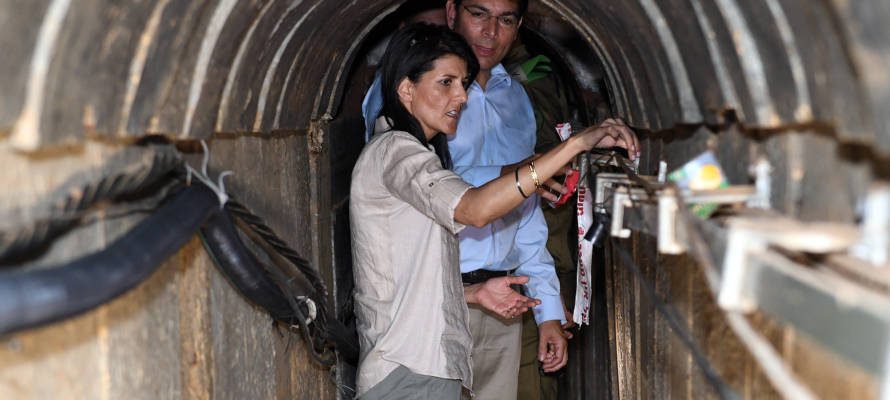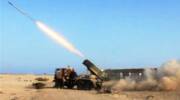“The military capacity we took out in the past 11 days was very intense, more than we took out during hostilities in 2008 and in 2014,” said a senior military officer.
By Sharon Wrobel, The Algemeiner
The Israeli army assessed Friday that the fighting with Hamas over the past 11 days will set back the terrorist group’s military capabilities many years, as Israel entered into an unconditional ceasefire with Hamas that took effect Friday 2 a.m. local time.
“The military capacity we took out in the past 11 days was very intense, more than we took out during hostilities in 2008 and in 2014. This was made possible through very exact, precise intelligence, air force and defense capabilities all under the umbrella of international law,” said a senior Israeli military officer, who spoke on the condition of anonymity.
“We took out high-ranking commanders who were underground and above ground. We damaged most of the underground tunnels — Hamas’ biggest strategic asset — to an extent that they lost confidence in hiding underground. Tunnels became a trap for Hamas.”
During the operation Guardian of the Walls, which started on May 10, about 4,340 rockets were fired by Hamas from the Gaza Strip toward Israel, with 640 falling within Gaza and causing casualties. Israel’s Iron Dome air defense system intercepted the rockets at a 90% rate.
The Israel Defense Forces (IDF) struck a total of 1,600 military targets, including 340 rocket launchers, and destroyed more than 60 miles of underground terror tunnels in the Gaza Strip, which were used for the transfer of rockets and moving operatives from one area to another.
Less than 2% of rockets fired by Hamas hit populated areas, according to the senior IDF officer.
The clashes over the last 11 days have claimed the lives of 12 Israelis, including one IDF soldier. According to the Hamas-run Gaza Health Ministry about 240 Palestinian civilians were killed as a result of military strikes.
“We don’t know if these figures are reliable and include only civilians,” said another senior IDF official. “Past experience has shown that Hamas takes great effort to conceal numbers and the identity of the casualties for example by removing militant insignia from the dead bodies when they are being evacuated.”
The Israeli army estimates that at least 200 Hamas militants were killed in Israeli strikes, according to the IDF official.
“When it comes to civilian casualties, there is a fog of information and a lot of inaccurate information,” the senior IDF officer said. “Once official numbers of casualties will be published they will likely show that the ratio of targets hit and terrorists killed and the civilian ratio will be much lower than in previous operations in particular when considering that Gaza is one of the most crowded areas.”
According to Amos Yadlin, head of the Institute for National Security Studies and a former Israeli military intelligence chief, “Hamas failed totally in its tactics and paid a high price in military capabilities.”
“Israel’s aim in this operation was to restore deterrence,” Yadlin said, adding that the main question now is whether Israel has succeeded to deter Hamas sufficiently and how long the quiet will last.
“This mini-war in Gaza” is a wake-up call to those Israelis who thought the Palestinian problem disappeared, according to Yadlin. “Israel will have to rethink its Palestinian policy,” he said.
MAKE THE LAND OF ISRAEL EVEN MORE BEAUTIFUL!
PLANT YOUR VERY OWN FRUIT TREES IN ISRAEL!
Farmers near the Gaza border lost family, friends and workers. Spring is here, and they desperately need help to replant the farms. Join us in blessing the People and Land of Israel.
“I will ordain My blessing for you…” (Leviticus 25:4)























